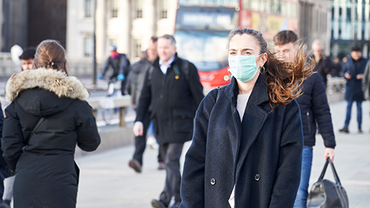The advice-making process for school continuity in Norwegian secondary schools during autumn and winter, 2021
This After-Action Review (AAR) investigates the use of evidence in Norway’s advice-making process about school continuity in secondary (13–15 years old) and upper secondary schools (16–18 years old) during the COVID-19 pandemic.
Executive Summary
We focused on the time before and after the 2021 school holidays, particularly the period from the summer of 2021, the Delta wave, and up until Omicron appeared during the winter of 2021–22. The following questions were considered:
- How was evidence used to inform advice about school continuity during this period?
- What happened and who was involved?
- What influenced the advice-making process?
- Why did the advice-making process turn out as it did?
In Norway, children’s daycare and schools were closed during the first wave of the COVID-19 pandemic on 13 March 2020 and gradually re-opened under strict Infection Prevention and Control (IPC) measures from 20 April 2020. Concern about the impact school closures had on the wellbeing and educational progress of children and adolescents versus concerns about COVID-disease in children, led to continuous discussions on the best way to protect this group throughout the pandemic. Increasing evidence showed low COVID disease severity in children and adolescents and evidence that transmission in schools was limited.
Advice-makers developed and proposed a Traffic Light Model (TLM) with measures adaptable to the local epidemiological situation and different age groups as a means to keep schools open as much as possible. Later, this was followed by intensive efforts to roll out a regular antigen testing program to limit the use of quarantine and more intrusive IPC measures. Norwegian schools and preschools largely remained open throughout the pandemic, including during the second and third waves.
Municipalities had the authority to make decisions about local school closures in response to local outbreaks, and school closures were always combined with full-time distance learning. Closures were limited to short-term closures and they were mainly in secondary schools. The Norwegian experience contrasts with that of many other countries where school closures were more frequent and lasted longer.








